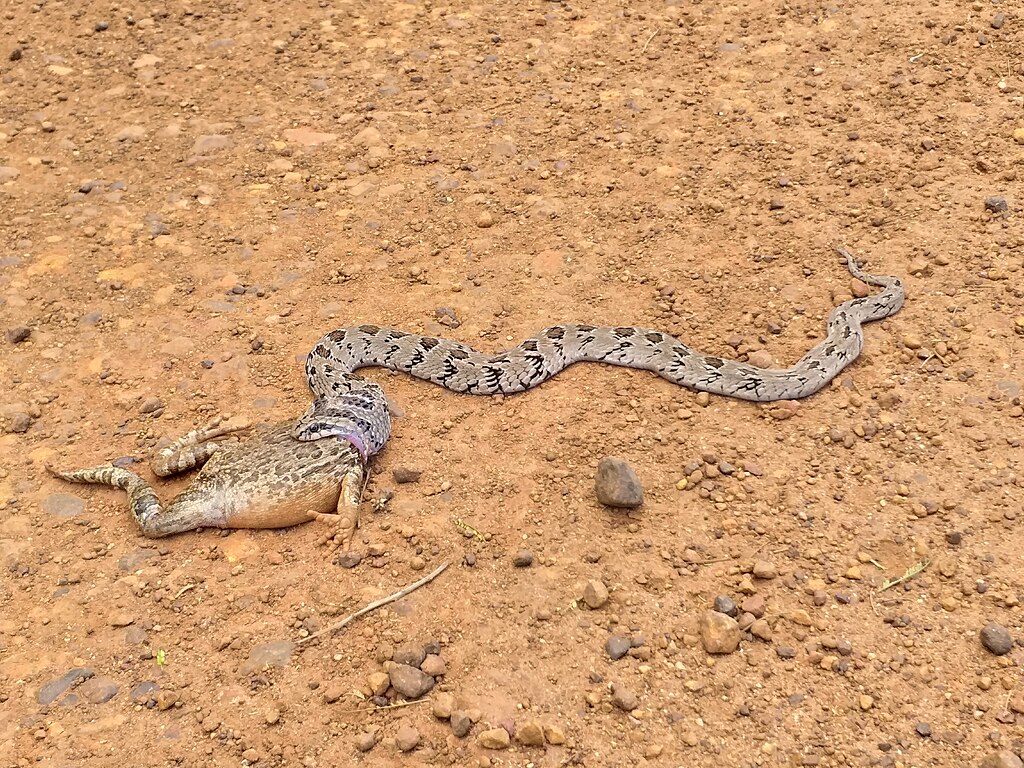Transitioning a snake from live to pre-killed prey is an important step for both the safety of your pet and ethical feeding practices. Live prey can injure snakes during feeding, sometimes severely, while pre-killed prey eliminates this risk. Many snake owners begin with live prey because that’s what pet stores recommend or because their snake initially refuses anything else. However, with patience and proper techniques, nearly all snakes can successfully transition to pre-killed prey, creating a safer environment for your reptile and a more humane feeding process overall. This comprehensive guide will walk you through the entire transition process, from understanding why it’s beneficial to troubleshooting common challenges along the way.
Understanding Why Pre-Killed Prey Is Safer
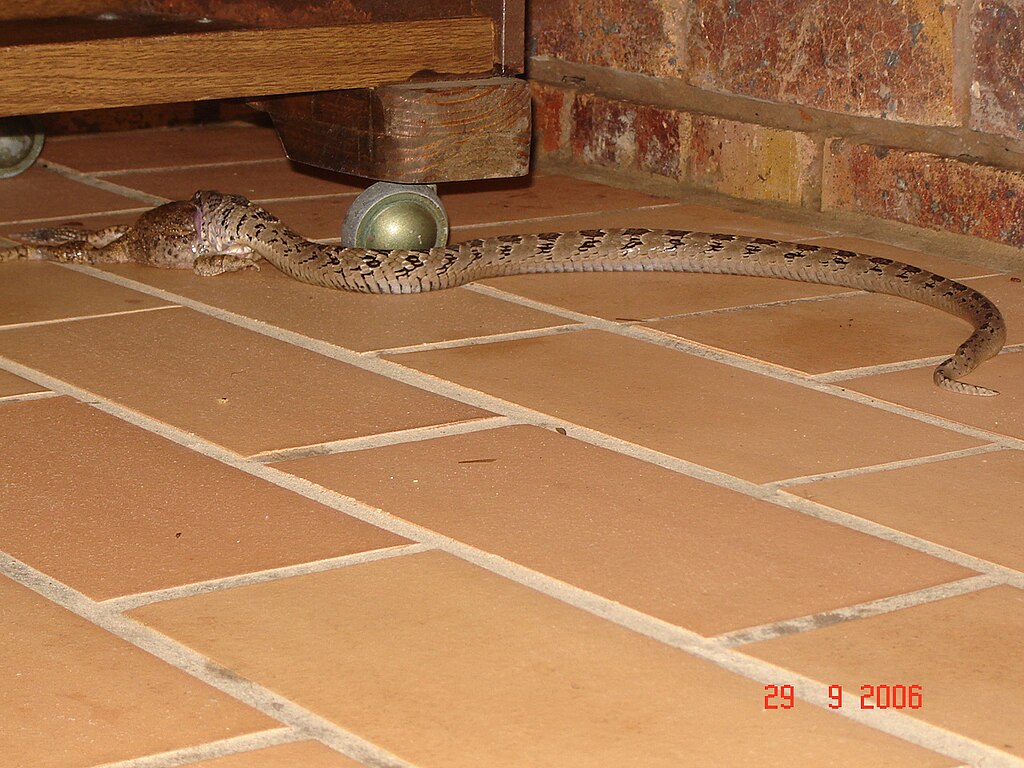
Live prey animals, especially rodents, have natural defensive instincts that can lead them to bite, scratch, or injure your snake during feeding attempts. These injuries can range from minor surface wounds to severe lacerations, eye damage, or even fatal injuries if a rodent manages to bite vital areas. Numerous documented cases exist of pet snakes being seriously injured or killed by prey animals, particularly when the snake isn’t immediately hungry or misses its strike. Additionally, the stress of having live prey in the enclosure can negatively impact your snake’s well-being, especially if the snake doesn’t eat right away. Pre-killed prey eliminates these risks while still providing your serpent companion’s complete nutritional needs.
Ethical Considerations of Pre-Killed Feeding
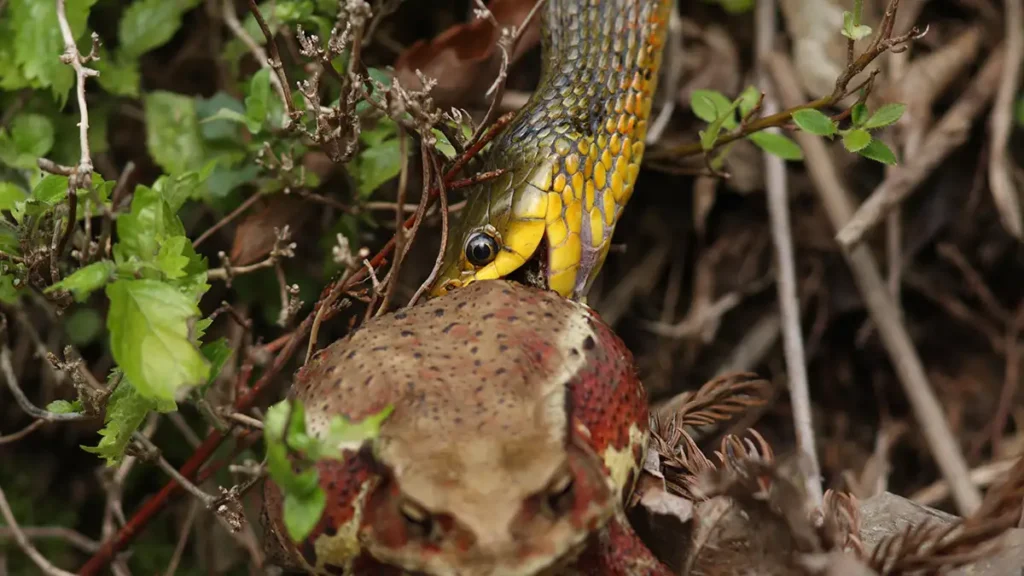
Beyond safety concerns, there are ethical considerations around feeding live prey to captive snakes. While snakes are natural predators that hunt live prey in the wild, captivity creates an artificial scenario where the prey cannot escape—something that wouldn’t typically occur in nature. This creates an inherently stressful situation for the prey animal that many keepers prefer to avoid. Pre-killed prey can be euthanized humanely under controlled conditions, minimizing suffering. Many snake enthusiasts find that transitioning to pre-killed or frozen-thawed prey aligns better with the ethical treatment of all animals involved in the keeping of reptile pets. This ethical stance has become increasingly common in modern reptile husbandry practices.
Benefits of Frozen-Thawed Prey Options
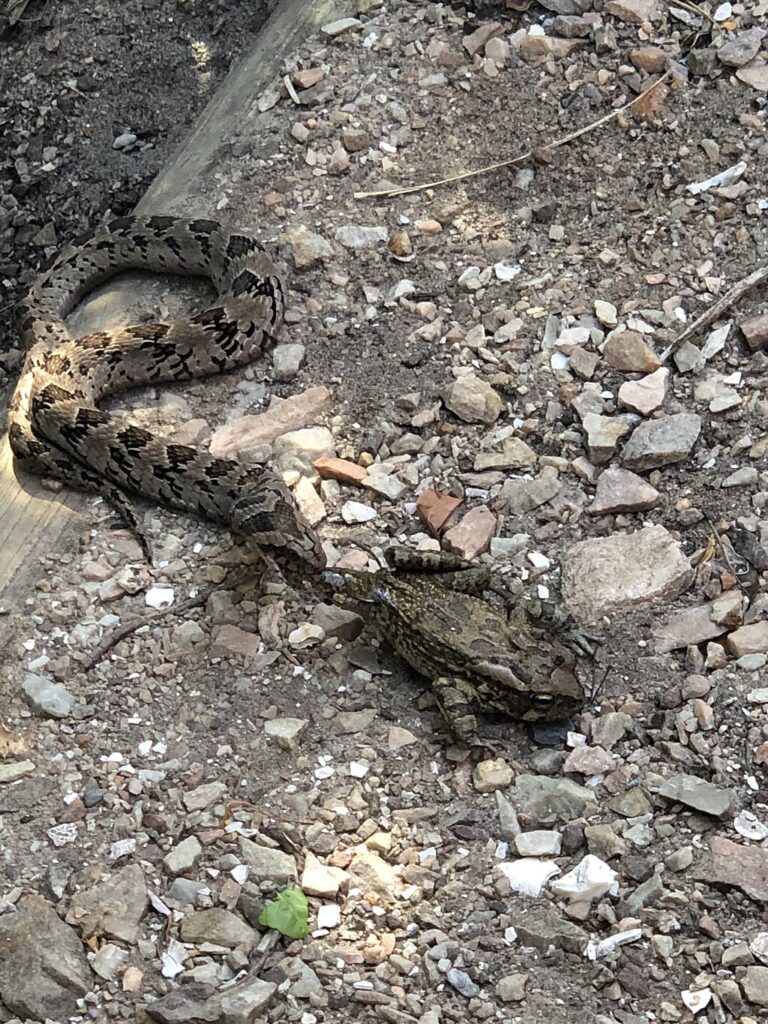
Frozen-thawed prey offers several practical advantages beyond just safety and ethics. For one, frozen rodents can be purchased in bulk and stored for extended periods, making feeding more convenient and often more economical than buying live prey weekly. This approach also eliminates the need to maintain live feeder colonies or make frequent trips to pet stores. From a health perspective, frozen prey undergoes a freezing process that kills many potential parasites that might otherwise be transmitted to your snake. Additionally, you can more precisely control the size and nutritional content of what you’re feeding when selecting from frozen options, allowing for more consistent feeding regimens that support optimal snake health.
Preparing for the Transition Process
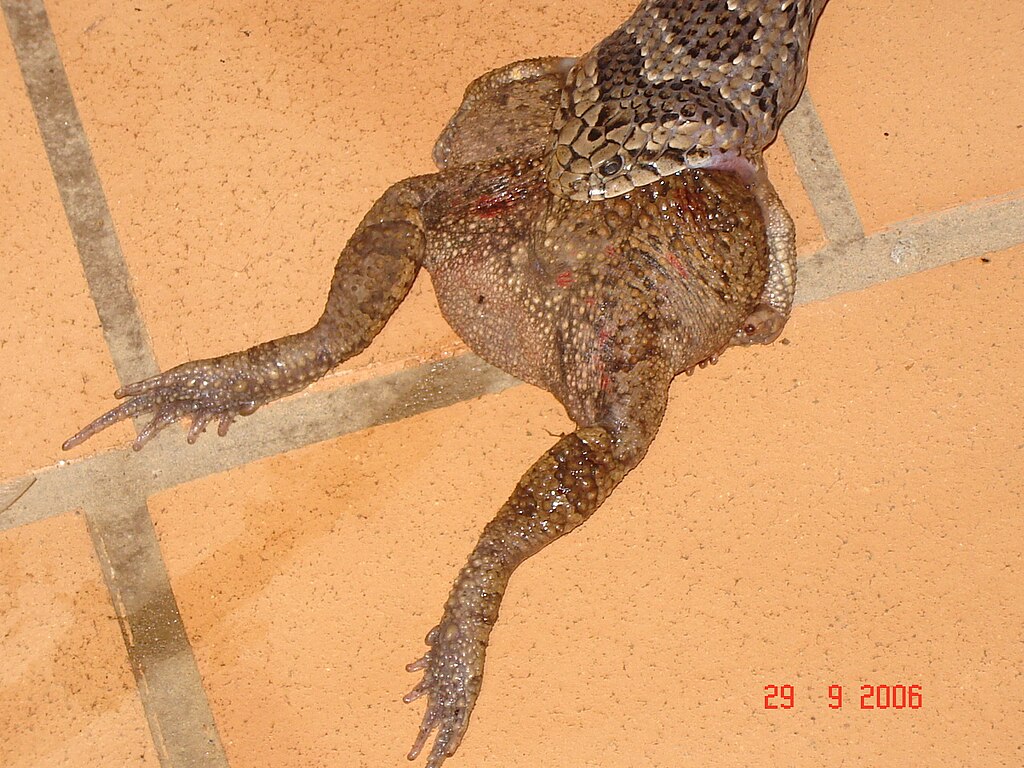
Before attempting to transition your snake, ensure that the animal is otherwise healthy and established in its enclosure. A snake that is stressed from a recent move, shedding, or experiencing health issues will be less likely to accept dietary changes. Timing is crucial—wait until your snake has had several successful feedings in its current environment and shows consistent feeding responses. Gather all necessary supplies in advance, including feeding tongs (at least 12 inches long), appropriate pre-killed prey of the same size as what your snake currently eats, and potentially a hair dryer or heat lamp to warm the prey. Establish a quiet, low-stress feeding environment away from household traffic and noise that might distract or stress your snake during this transitional period.
Starting With Fresh Pre-Killed Prey
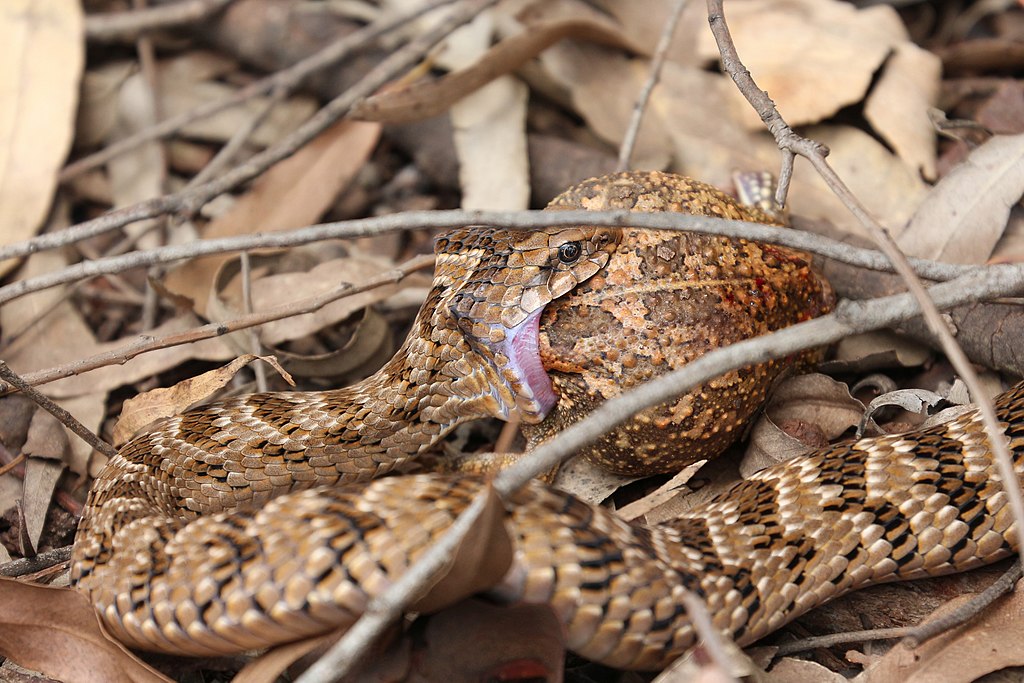
For snakes that have only accepted live prey, beginning with freshly pre-killed prey often yields the highest success rate. Fresh, pre-killed prey retains more of the scent, warmth, and texture that your snake associates with food, making the transition less jarring. To humanely euthanize a rodent, many pet stores will do this for you upon request, or you can research proper CO2 euthanasia methods if you choose to do this yourself—never attempt cervical dislocation or other methods without proper training. Once obtained, the freshly pre-killed prey should be offered to your snake immediately while it’s still warm, using feeding tongs to mimic the movement of live prey. Making this initial switch with fresh, pre-killed prey creates a stepping stone between live and frozen-thawed options.
Proper Thawing and Warming Techniques
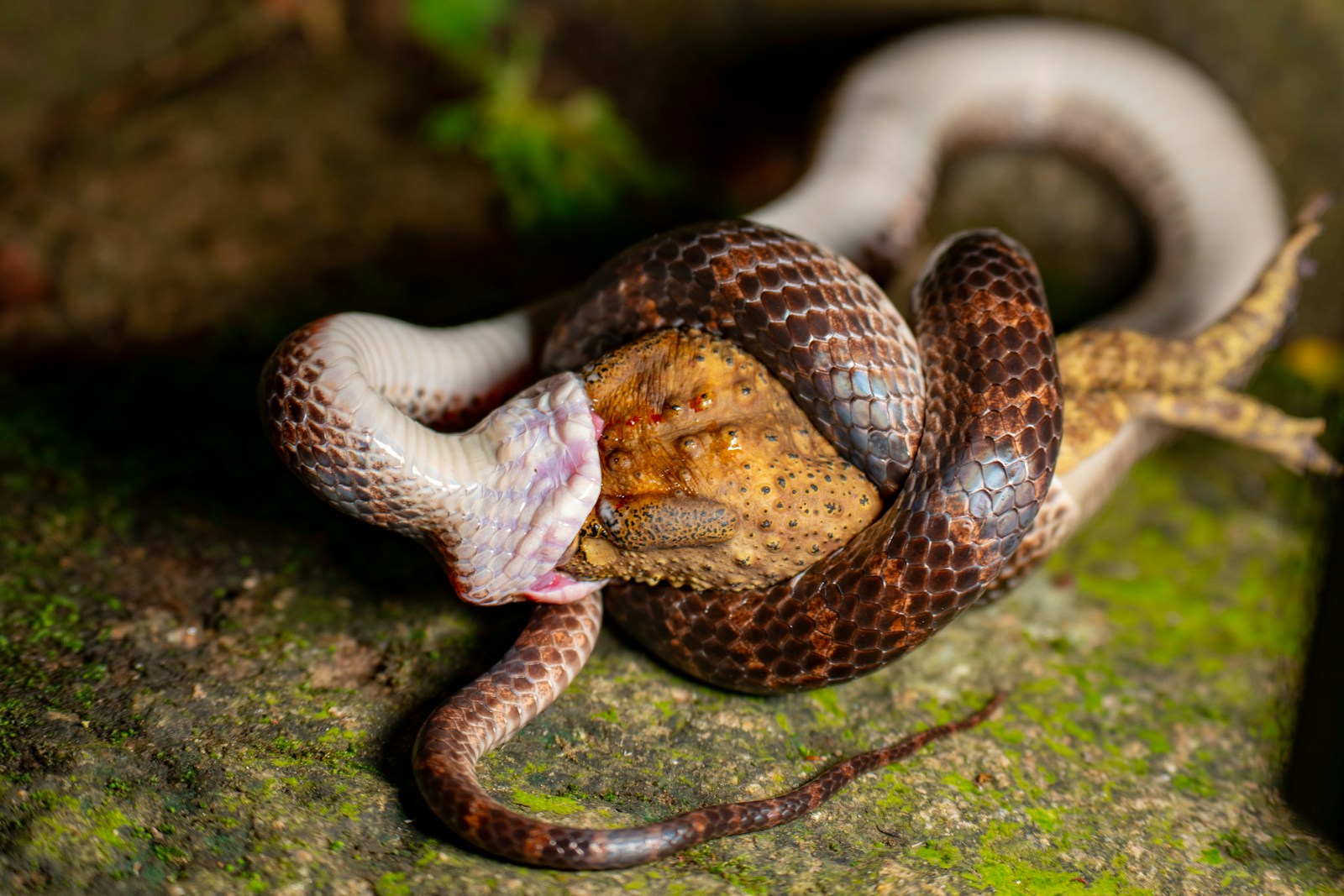
When using frozen prey, proper thawing and warming are essential for acceptance. Never microwave frozen rodents; this can create hot spots that might burn your snake’s sensitive digestive tract or partially cook the prey, changing its scent and palatability. Instead, thaw frozen prey in a sealed plastic bag in the refrigerator for several hours or overnight, which prevents bacterial growth while safely defrosting the rodent. Once thawed, bring the prey to room temperature by placing it in warm (not hot) water for approximately 15-20 minutes. Before offering, use a hair dryer on a low setting or a heat lamp to warm the rodent to slightly above room temperature (around 98-100°F), mimicking the body temperature of a live rodent. This temperature enhancement significantly increases the likelihood of acceptance.
Creating Motion and Scent Enhancements
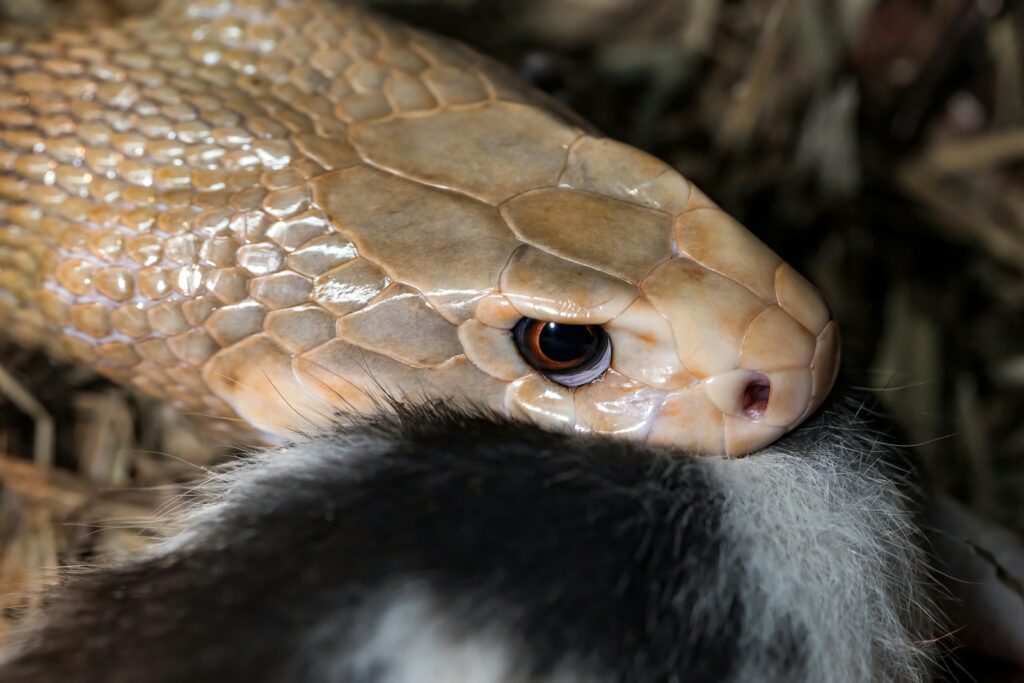
Snakes are primarily triggered to feed by motion and scent, which can be simulated even with pre-killed prey. Using long feeding tongs, gently wiggle the pre-killed prey to mimic the movements of a live animal, focusing particularly on making the head of the rodent move in small, lifelike motions. For particularly hesitant snakes, you can try “braining” the prey (making a small incision in the rodent’s skull) to release stronger feeding scents, though this approach should be used sparingly as it can be messy. Some keepers report success with rubbing the pre-killed prey against live prey (in a separate container) to transfer scent, or using commercially available prey scent products designed specifically for reptiles. Combining motion with enhanced scent cues maximizes your chances of triggering your snake’s feeding response.
The Importance of Proper Feeding Environments
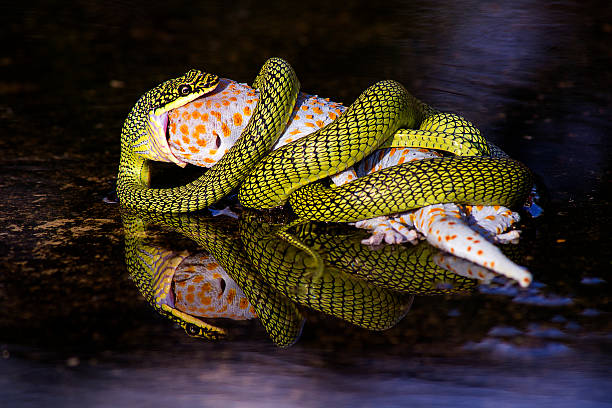
The environment in which you attempt to feed pre-killed prey can significantly impact success rates. Many snakes feed more readily in low-light conditions that mimic their natural hunting periods, so dimming the lights or feeding in the evening hours can improve acceptance. Consider using a separate feeding enclosure—a simple plastic container with air holes works well—which can help your snake associate that specific environment with feeding time rather than connecting feeding with its primary habitat. Temperature is another critical factor; ensure the enclosure is at the optimal temperature range for your specific snake species, as snakes are less likely to feed when too cool. Remove any unnecessary items from the feeding space that might distract your snake from focusing on the prey item.
Implementing a Consistent Feeding Schedule
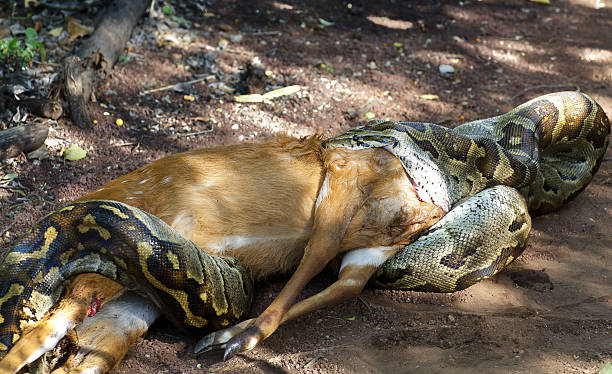
Consistency plays a vital role in successfully transitioning feeding habits. Attempt to feed your snake on the same day and approximately the same time each week to establish a routine your reptile can anticipate. Young snakes typically eat more frequently (every 5-7 days) while adult snakes may only require feeding every 10-14 days, depending on species. If your snake refuses pre-killed prey during a feeding attempt, wait at least 5-7 days before trying again to avoid creating unnecessary stress. Record each feeding attempt, noting what techniques seemed to generate interest versus what approaches were ignored—this documentation can help you identify patterns in your individual snake’s preferences. Maintaining this consistent schedule helps your snake develop new associations with pre-killed prey as its regular food source.
Dealing with Stubborn Refusals
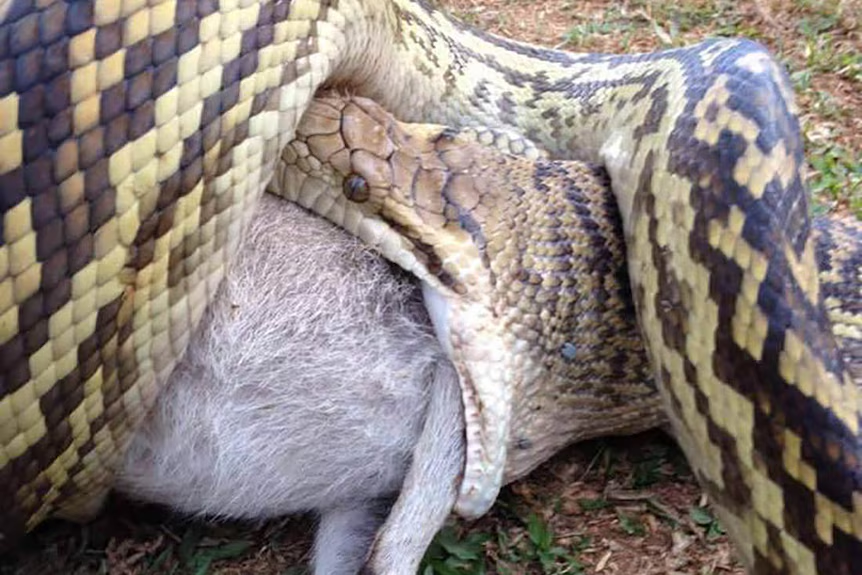
Some snakes may persistently refuse pre-killed prey despite your best efforts. In these cases, you may need to employ more advanced techniques to encourage acceptance. One approach is to use the “assist feeding” technique, where you gently hold the snake behind its head and touch the prey item to its mouth to stimulate a feeding response, though this should only be done by experienced keepers as improper handling can stress the snake. Another option is to try prey scenting, where you rub the pre-killed prey with another food item your snake finds particularly appealing—some ball pythons, for instance, respond well to prey scented with gerbils or African soft-furred rats. If refusals continue for an extended period (more than 4-5 weeks for adult snakes), consult with a reptile veterinarian to rule out underlying health issues before continuing the transition efforts.
Using Transitional Methods for Difficult Cases
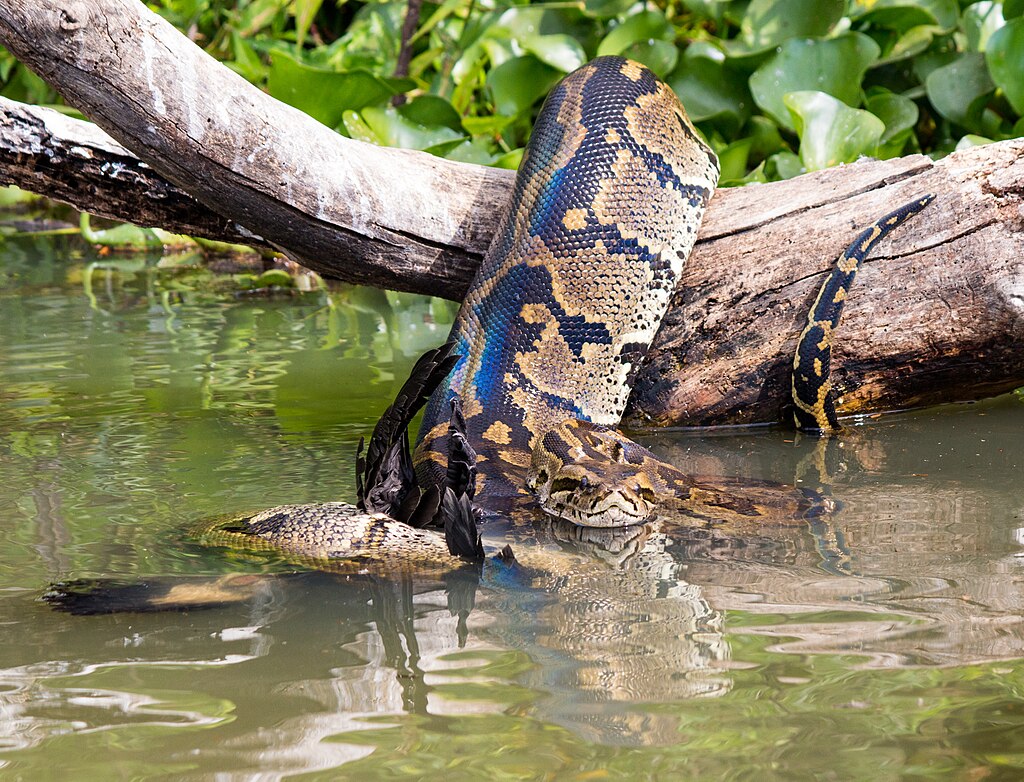
For particularly resistant snakes, implementing a gradual transition method may yield better results than an abrupt switch. One effective technique is the “assist-by-proximity” method, where you place a pre-killed prey item in the enclosure along with a live prey item in a secure, ventilated container that the snake can see and smell but not access. This setup allows the snake to associate the hunting experience with both stimuli simultaneously. Another approach is to start with stunned prey—rodents that have been incapacitated but are still technically alive, though this method is controversial and should be considered a last resort due to ethical concerns. Some keepers report success with the “moving to still” technique, where you progressively reduce the amount of movement you create with the feeding tongs over successive feedings until the snake accepts motionless prey.
Special Considerations for Different Snake Species
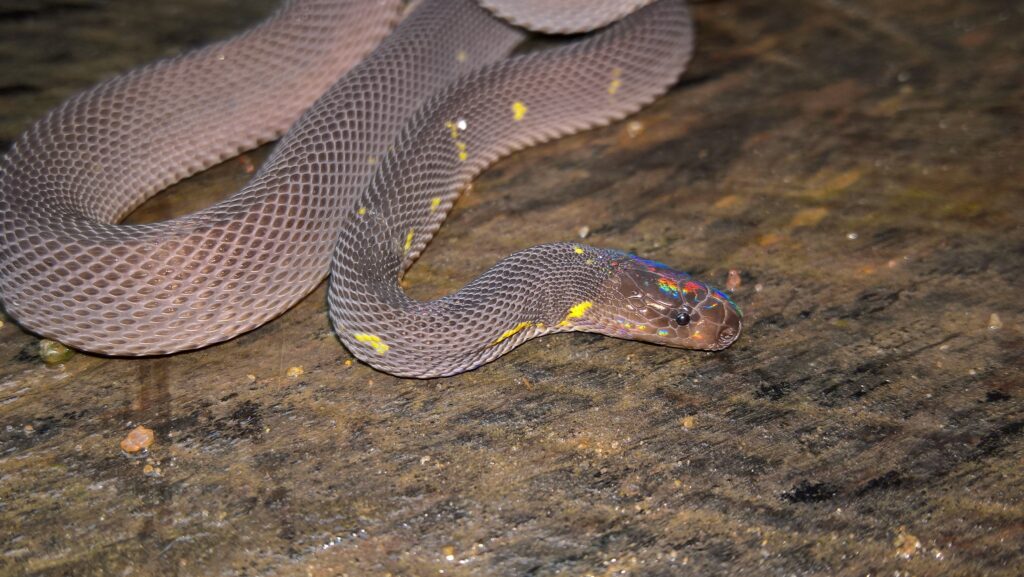
Different snake species may require specialized approaches when transitioning to pre-killed prey. Ball pythons, known for being notoriously picky eaters, often respond better to scent-based enhancements and may require multiple attempts before accepting the change. Corn snakes and king snakes typically transition more easily, sometimes accepting frozen-thawed prey right away with minimal resistance. Arboreal species like green tree pythons may prefer prey presented at elevation rather than on the ground, mimicking their natural hunting positions. Hognose snakes, which specialize in eating amphibians in the wild, sometimes respond better to pre-killed prey scented with toad or frog essence when first transitioning from live food items. Understanding the natural feeding behaviors and preferences of your specific snake species can significantly influence your transition strategy and ultimate success.
Monitoring Health During the Transition
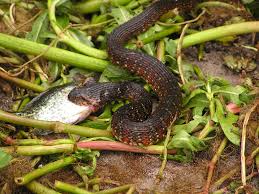
Throughout the transition process, closely monitor your snake’s health and body condition to ensure it remains well-nourished. Weigh your snake regularly (every 2-3 weeks) to track any weight loss, which should be minimal during a successful transition. Some weight loss is normal if your snake misses a few meals, but a loss exceeding 10-15% of body weight warrants concern and possibly a return to live prey temporarily while consulting a veterinarian. Watch for signs of stress such as excessive hiding, defensive posturing, or frequent hissing, which might indicate the transition is happening too quickly. Maintain proper records of successful and unsuccessful feeding attempts, including prey type, presentation method, and environmental conditions, to help identify patterns that might inform your approach. A healthy snake may refuse several meals without serious consequences, but prolonged fasting requires professional evaluation.
When to Seek Professional Help
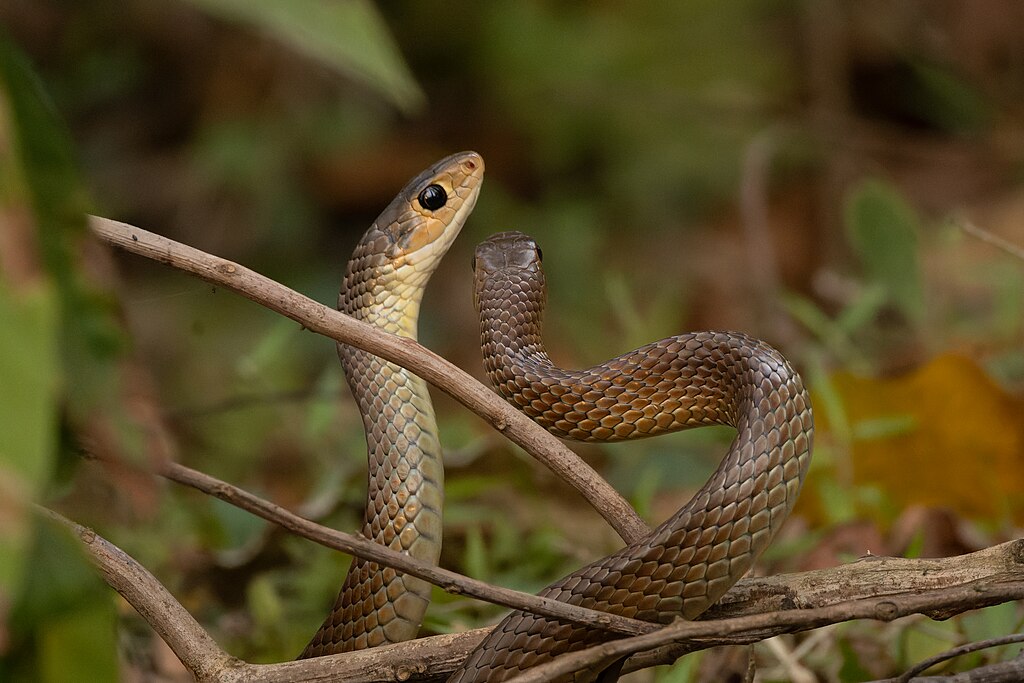
While most snakes can eventually transition to pre-killed prey with patience and proper techniques, there are circumstances when professional intervention becomes necessary. If your snake has refused food for an extended period, resulting in noticeable weight loss (more than 15% of body weight), visible muscle wasting, or lethargy, consult a reptile-experienced veterinarian immediately. Similarly, if your snake begins regurgitating meals during the transition, this indicates significant stress or potential health issues requiring veterinary assessment. Some exceptionally difficult cases may benefit from consultation with professional reptile breeders or specialized herpetologists who have experience with challenging feeding conversions. Remember that some individual snakes with neurological issues or those wild-caught as adults may never fully transition to pre-killed prey, in which case humane management of live feeding may need to be discussed with an expert.
The transition from live to pre-killed prey represents an important step in responsible snake keeping, prioritizing both the safety of your pet and the ethical treatment of feeder animals. While the process requires patience and persistence, the vast majority of captive snakes can successfully make this dietary change when proper techniques are applied consistently. By understanding your specific snake’s natural feeding behaviors, creating an optimal feeding environment, and systematically implementing the strategies outlined in this guide, you can work through this transition at a pace appropriate for your reptile. The long-term benefits—reduced injury risk, convenience, cost savings, and ethical considerations—make this effort well worth the initial investment of time and energy for both you and your serpentine companion.

